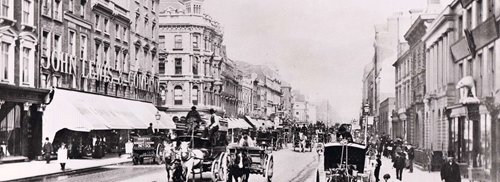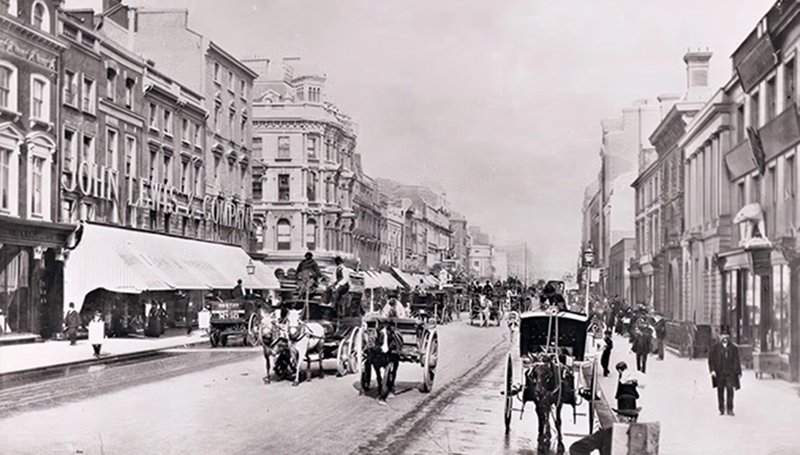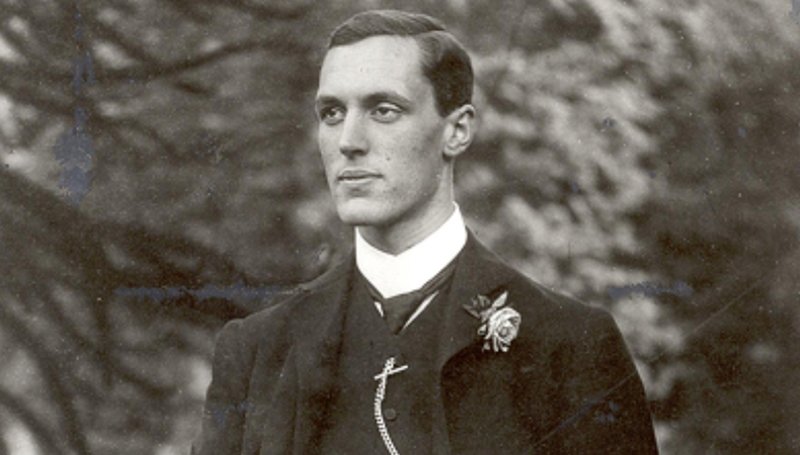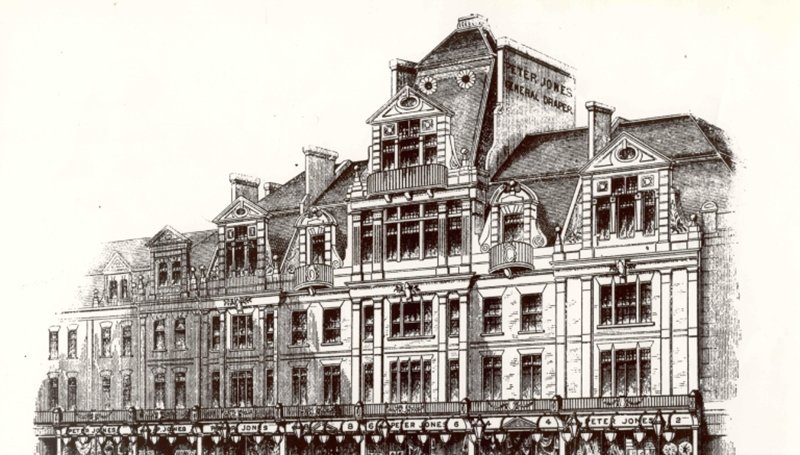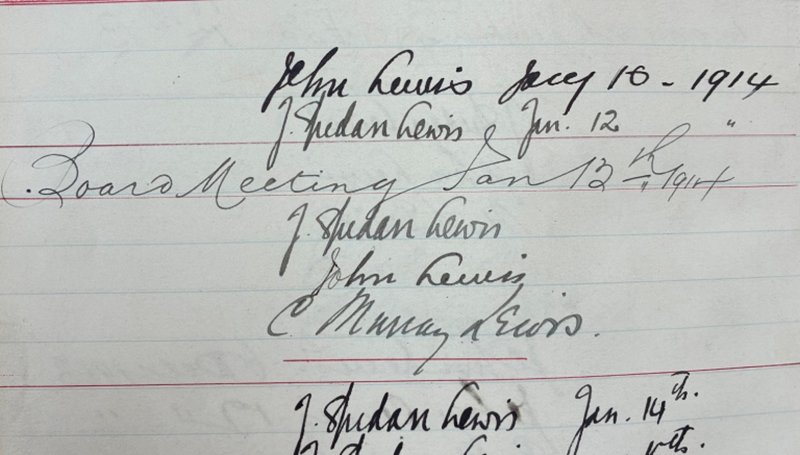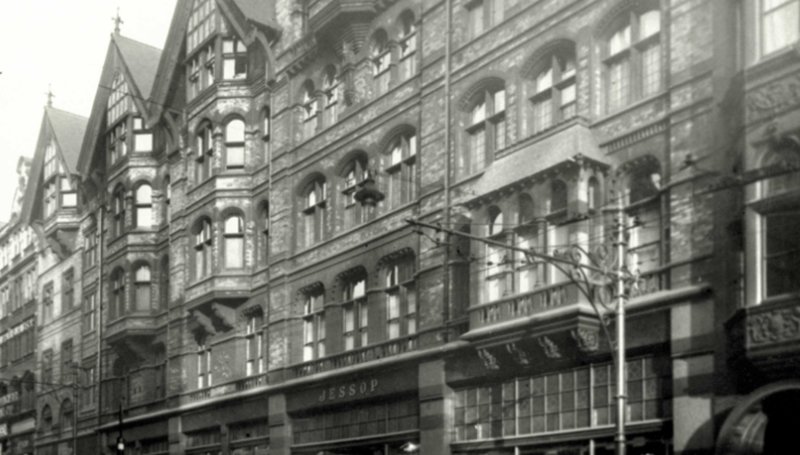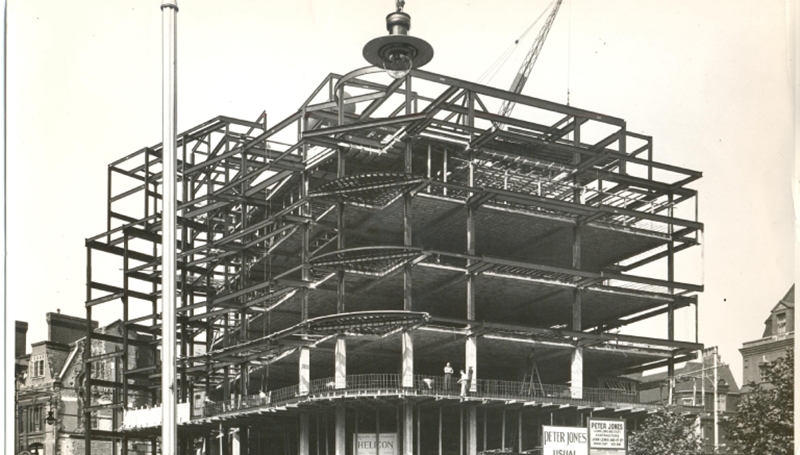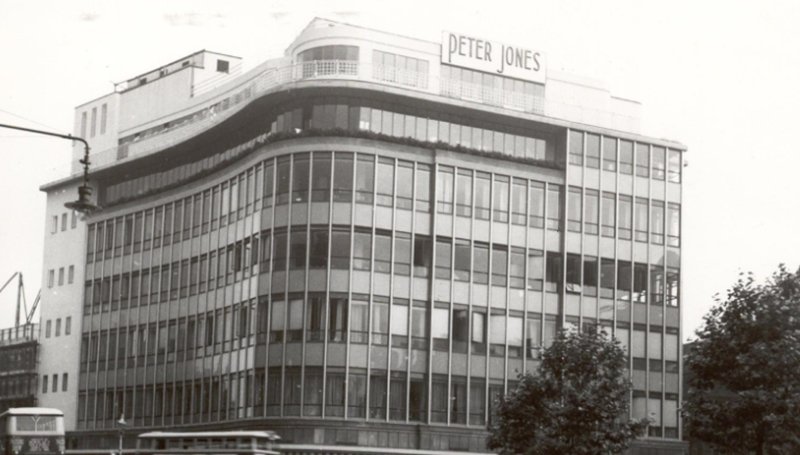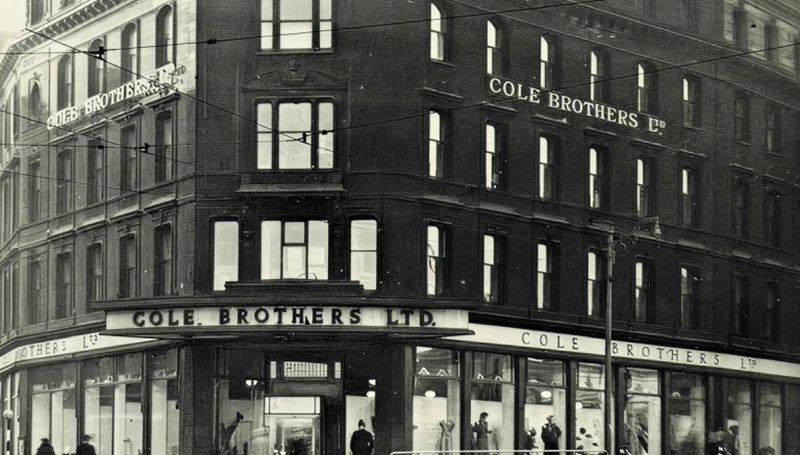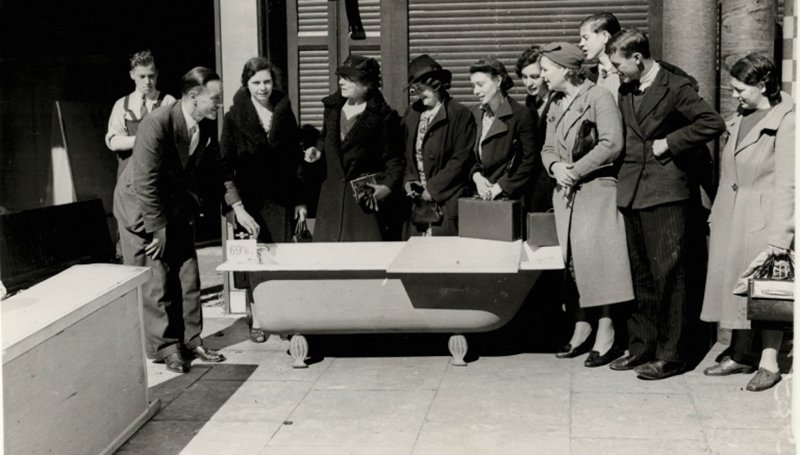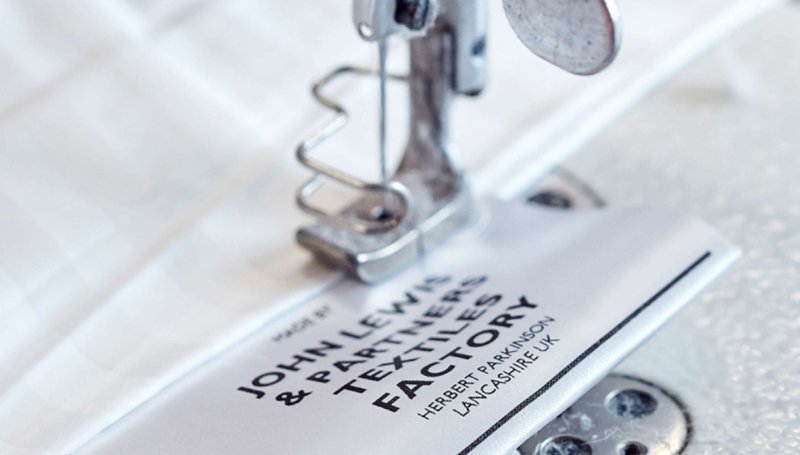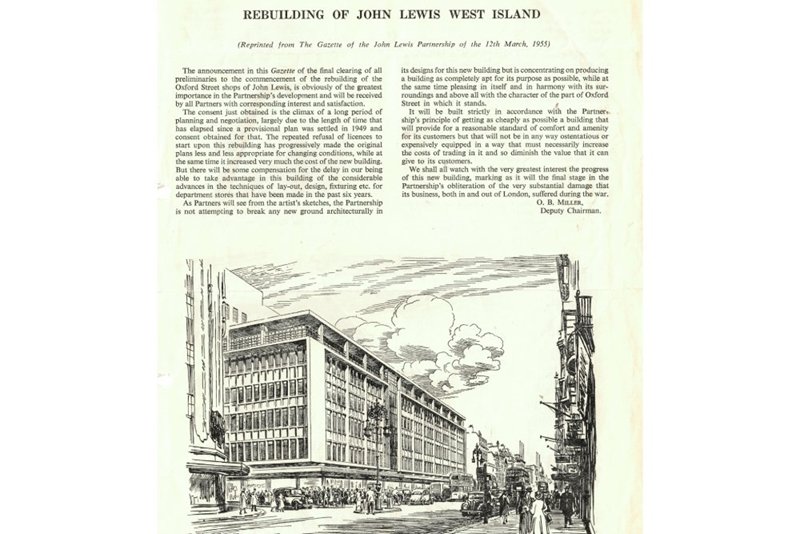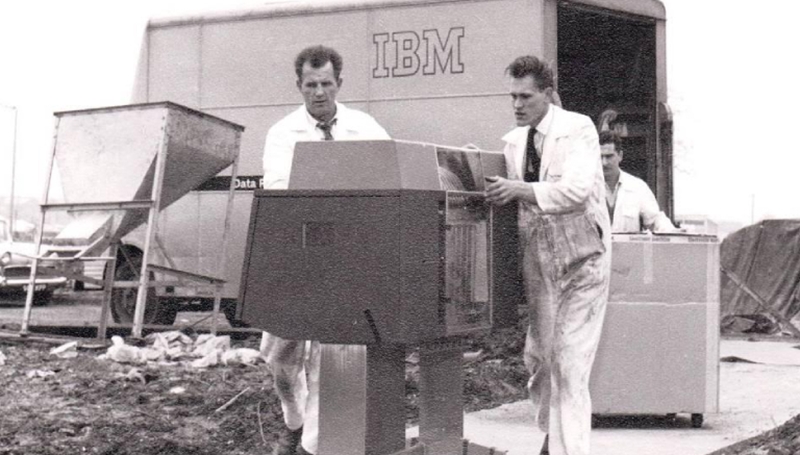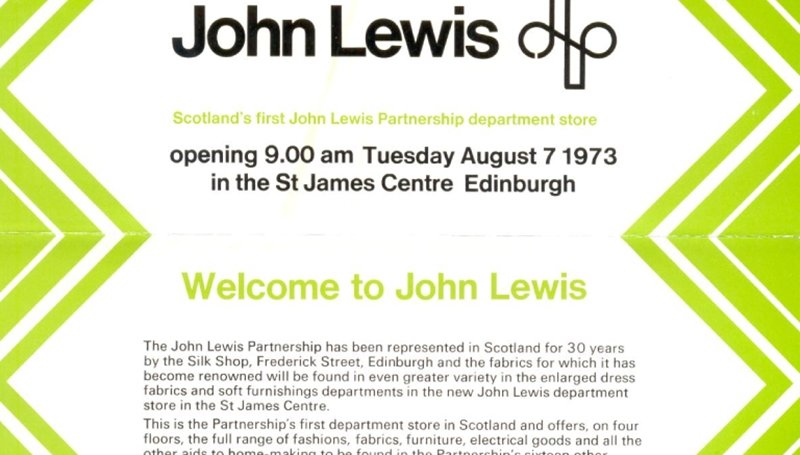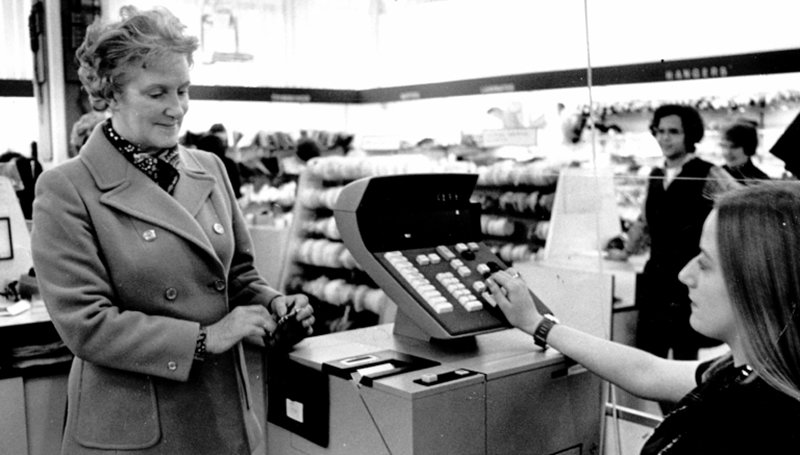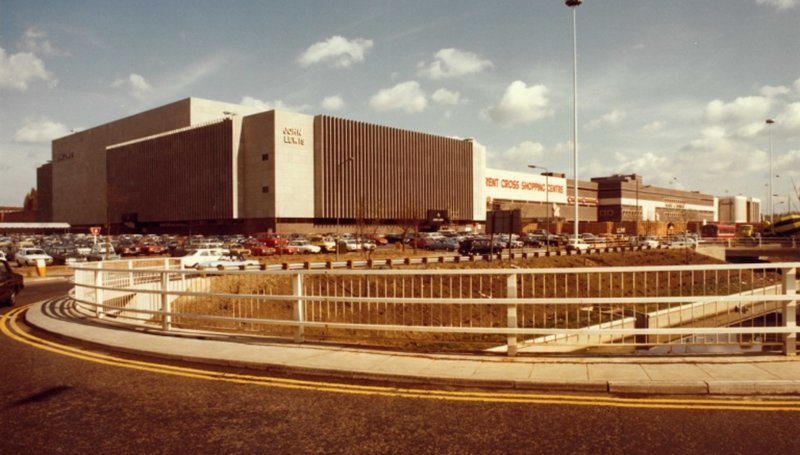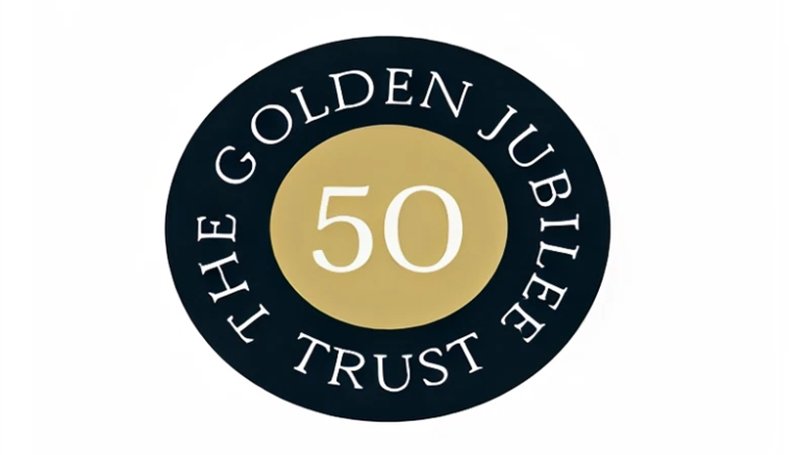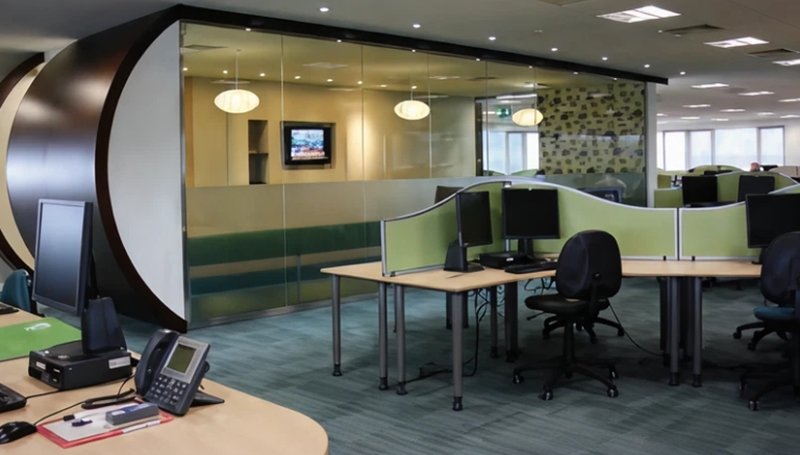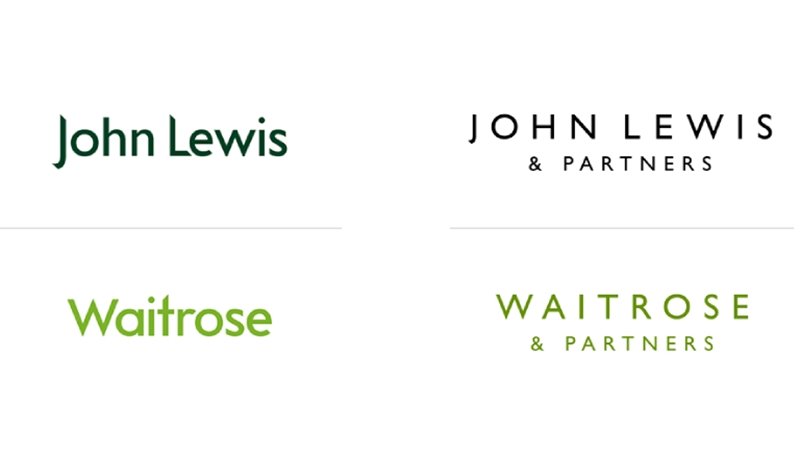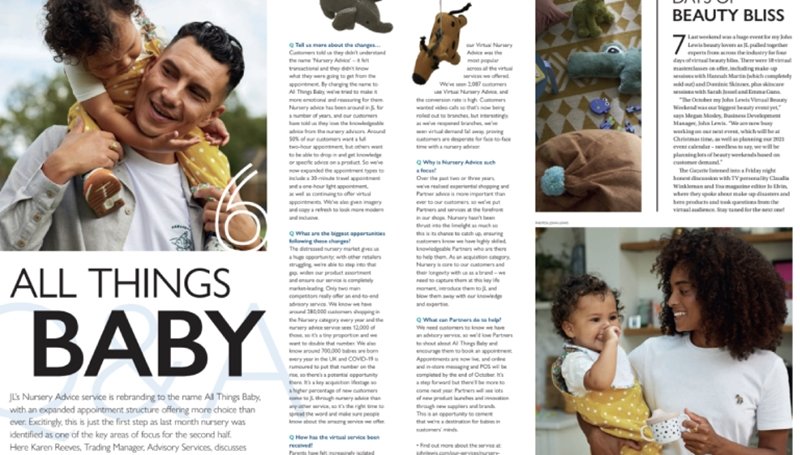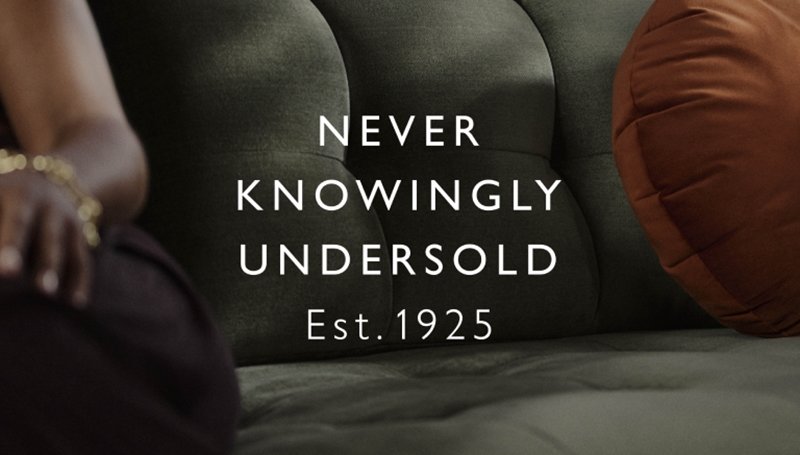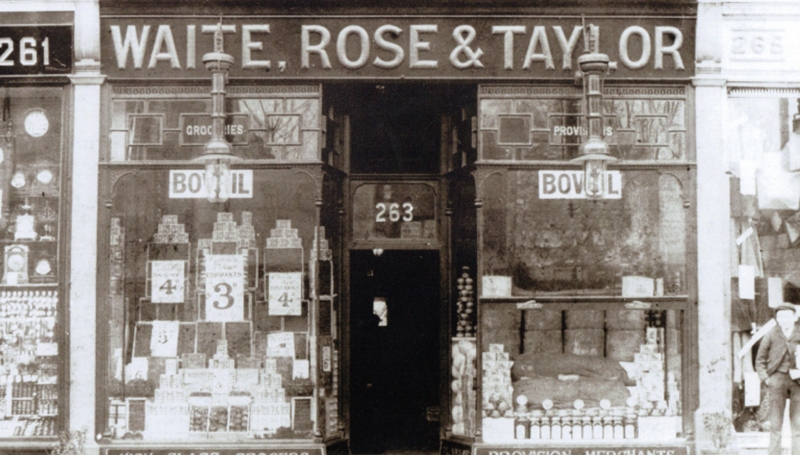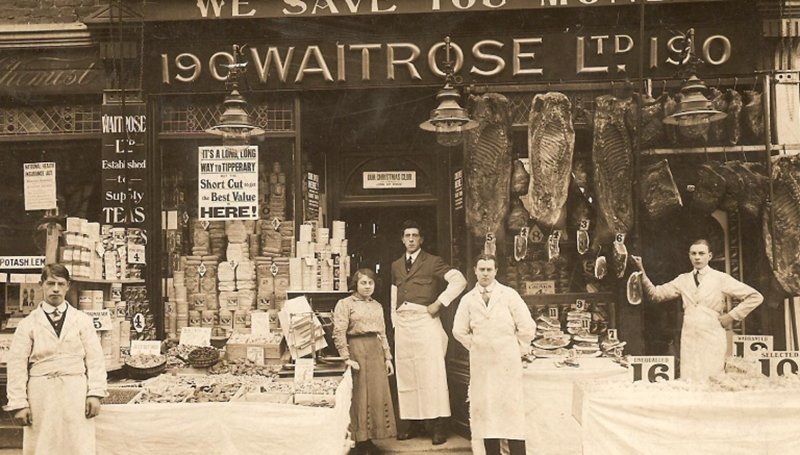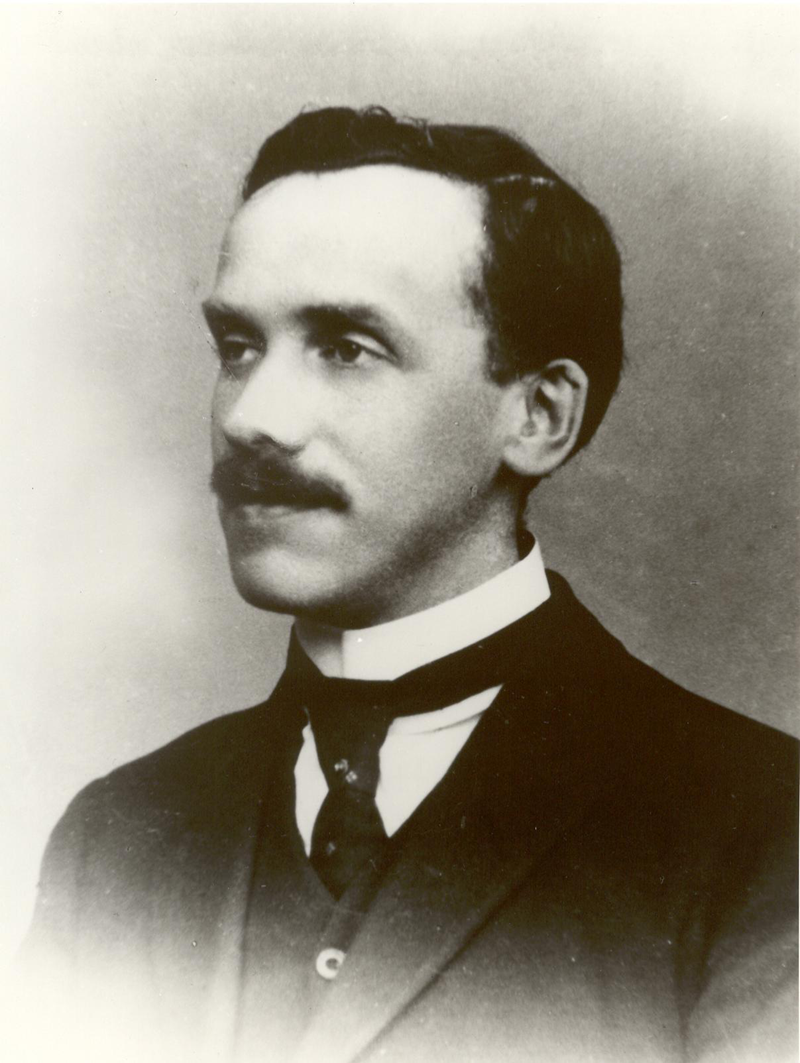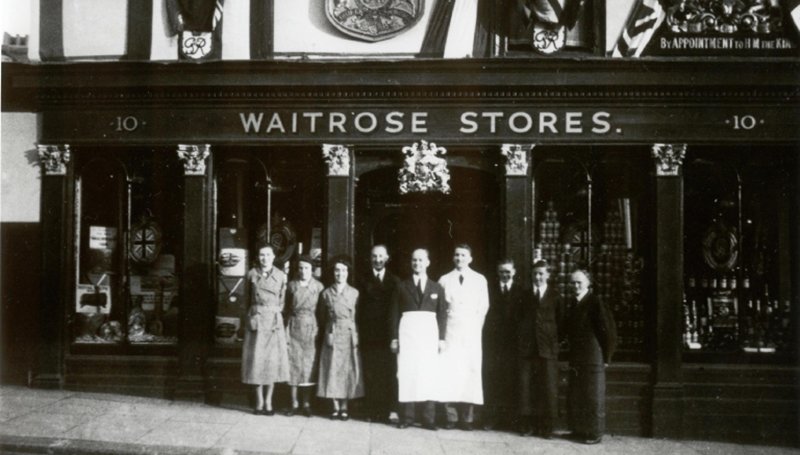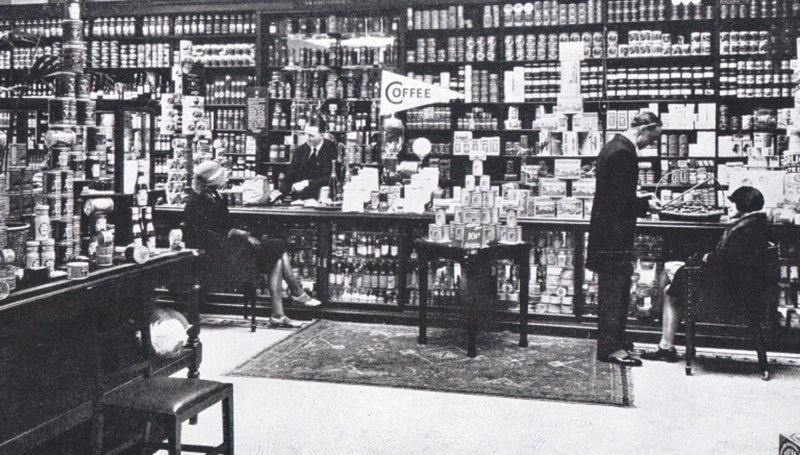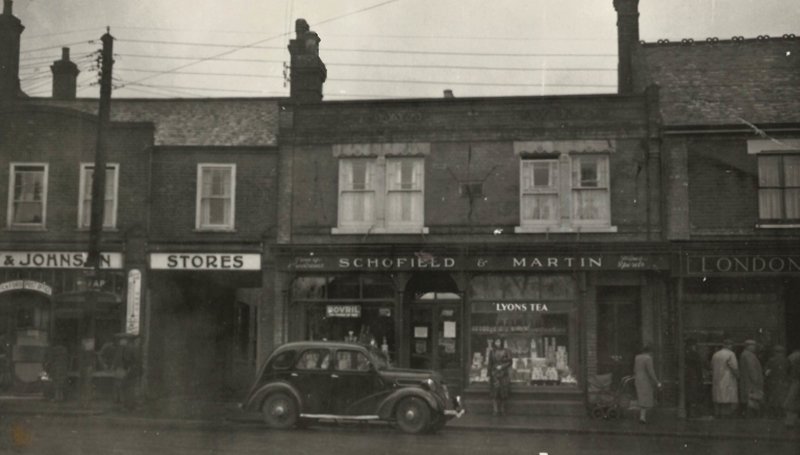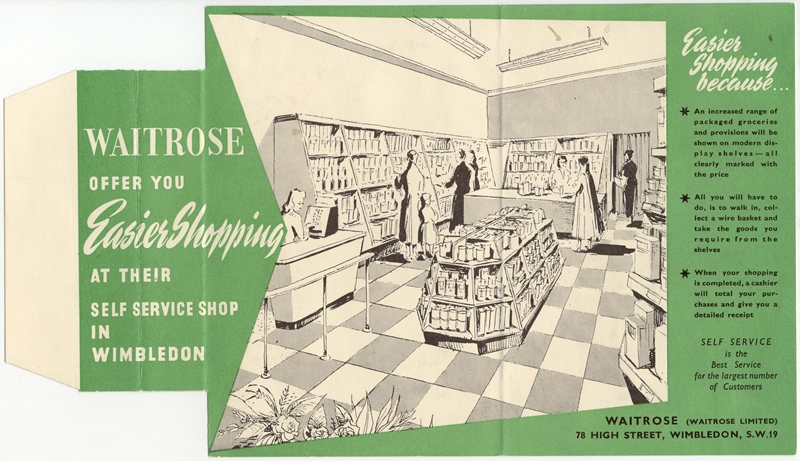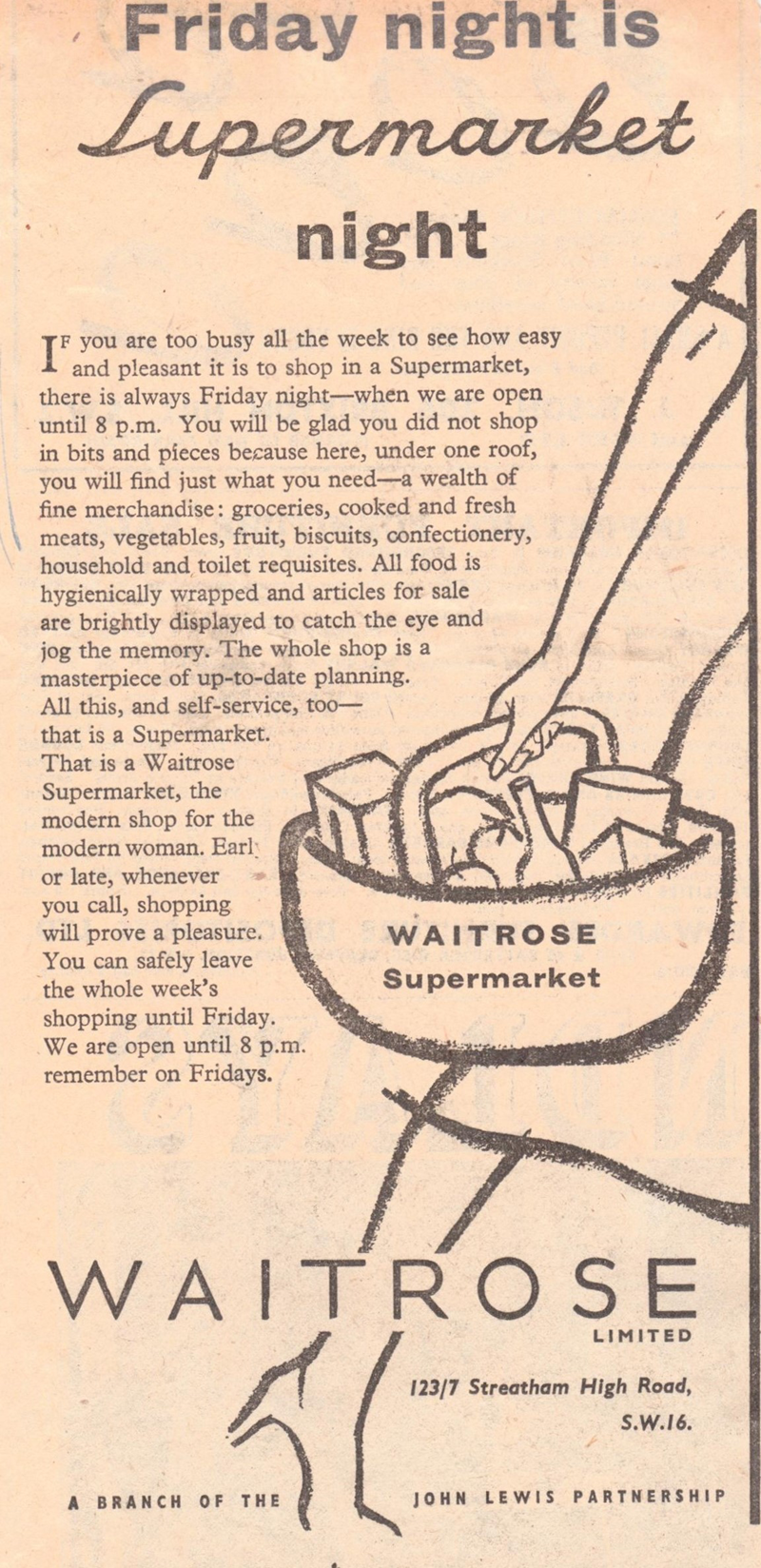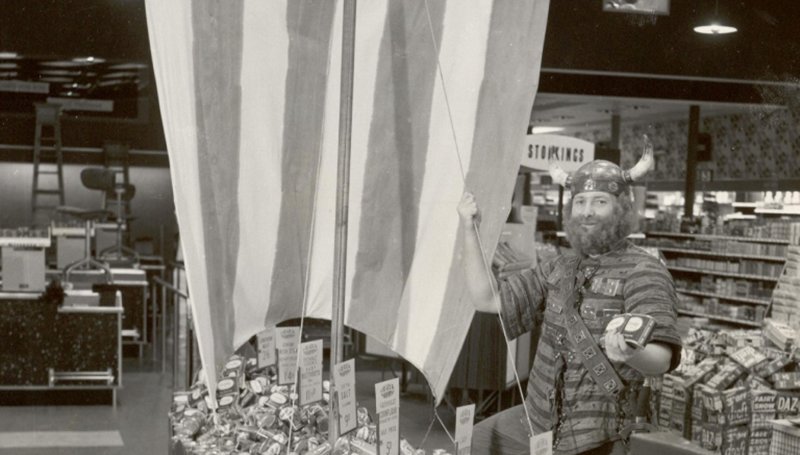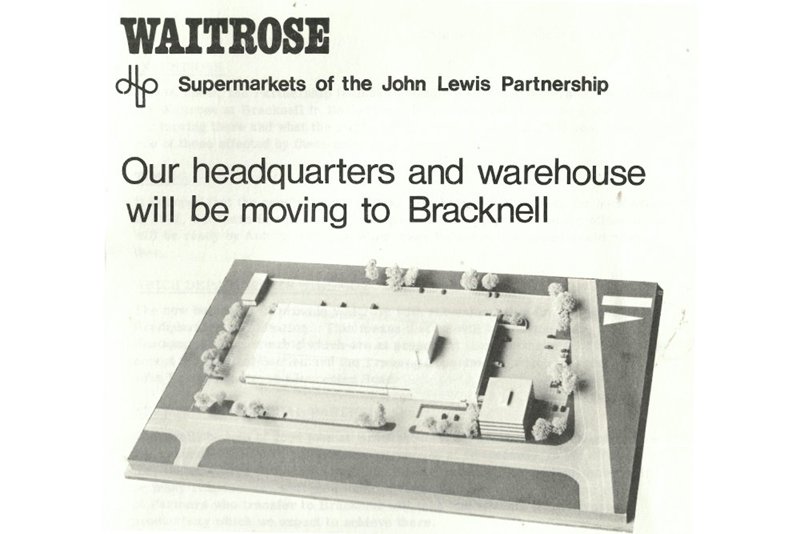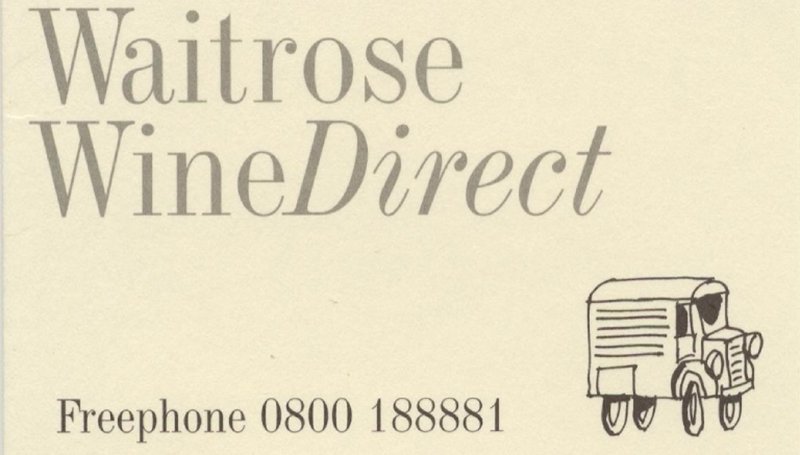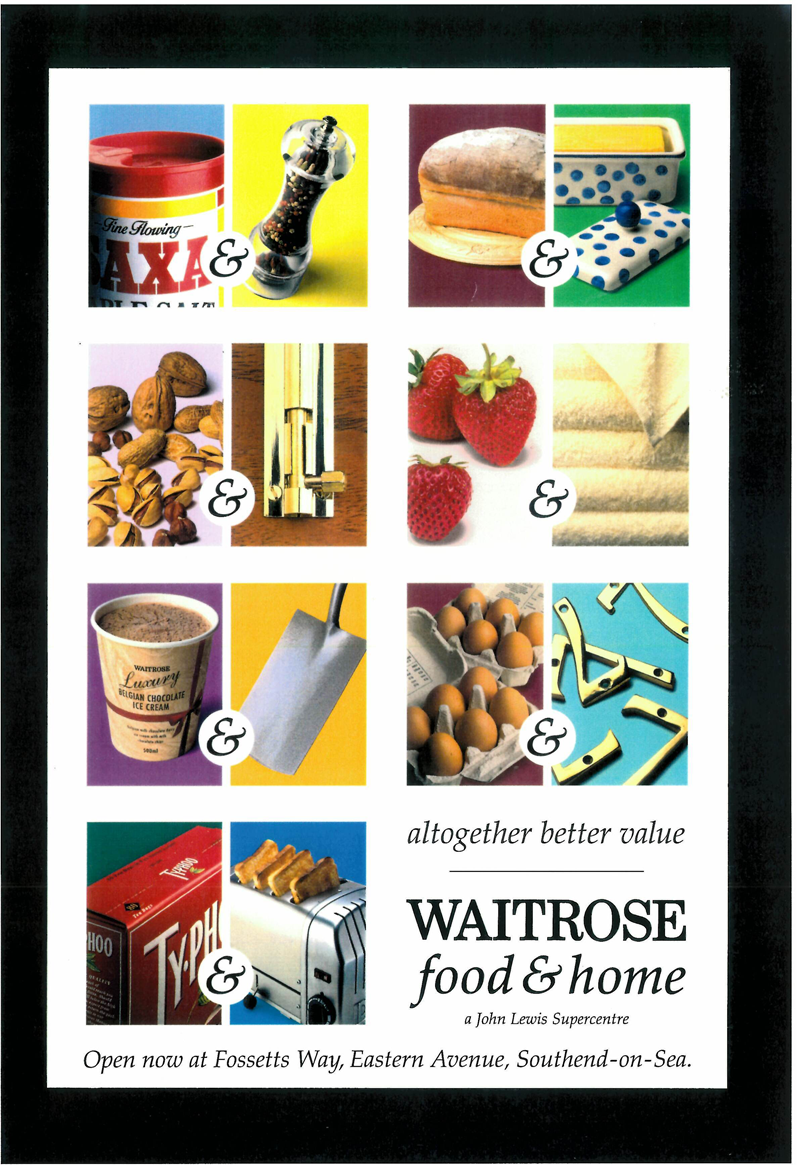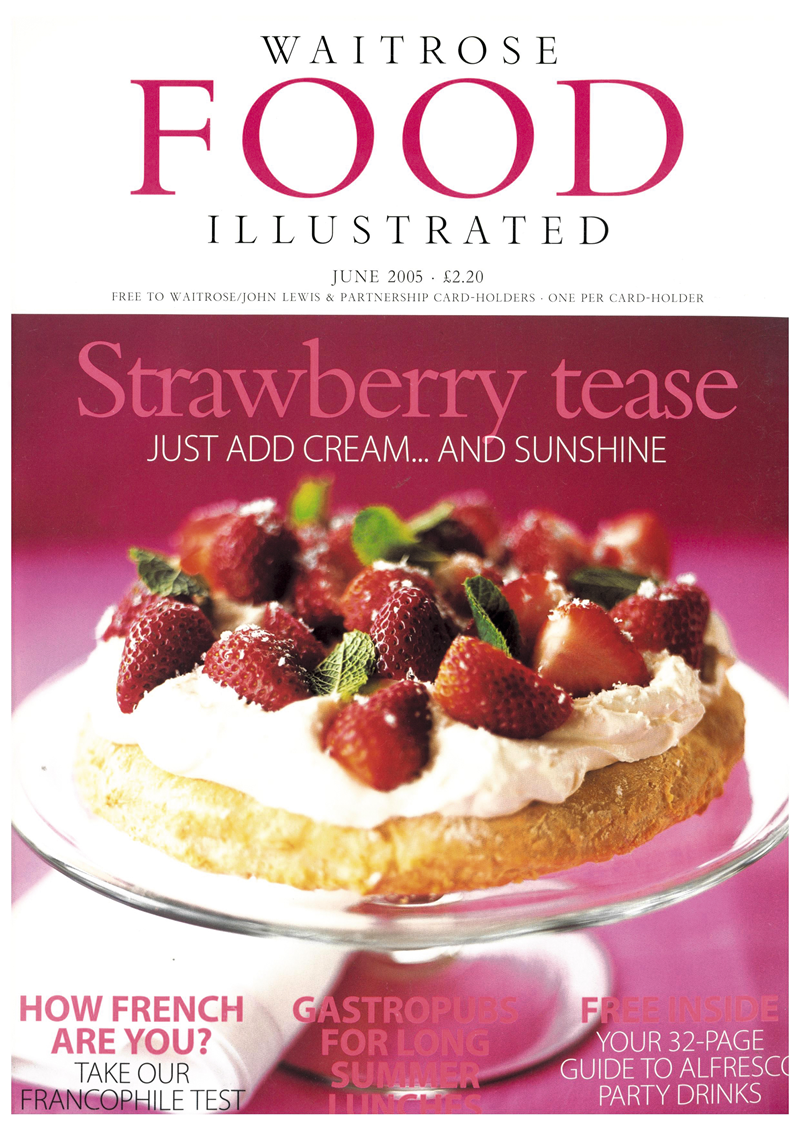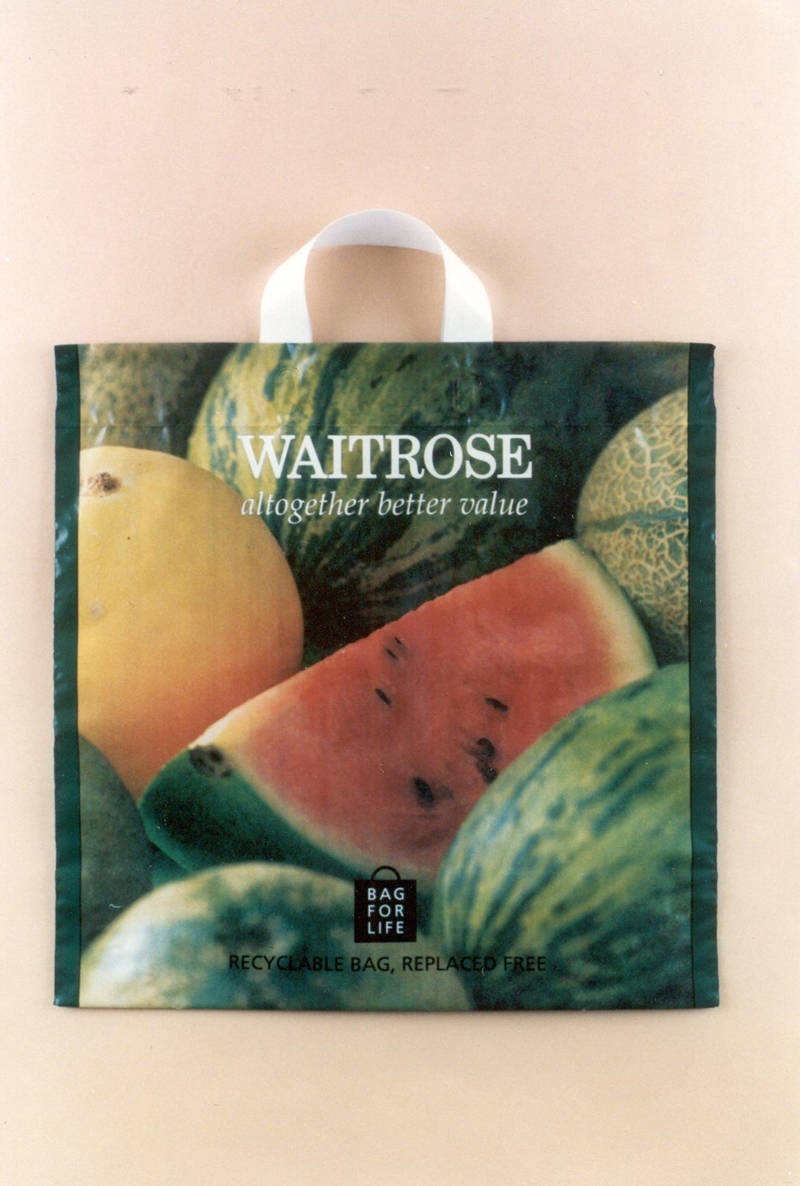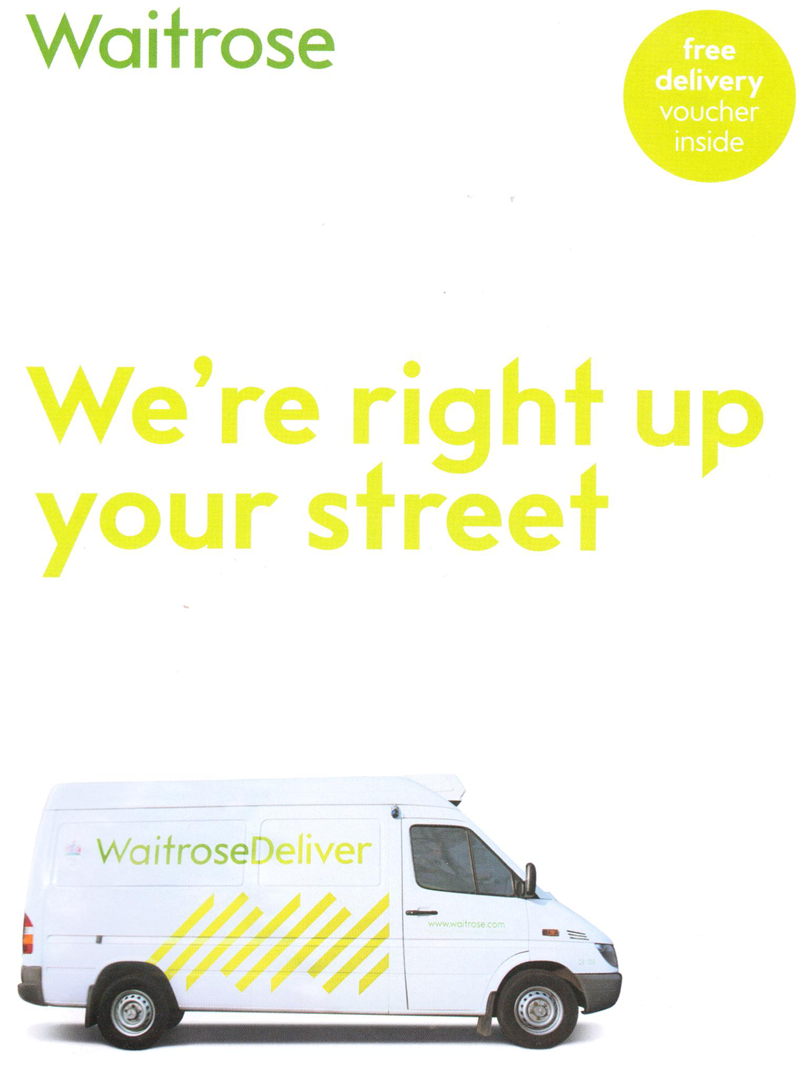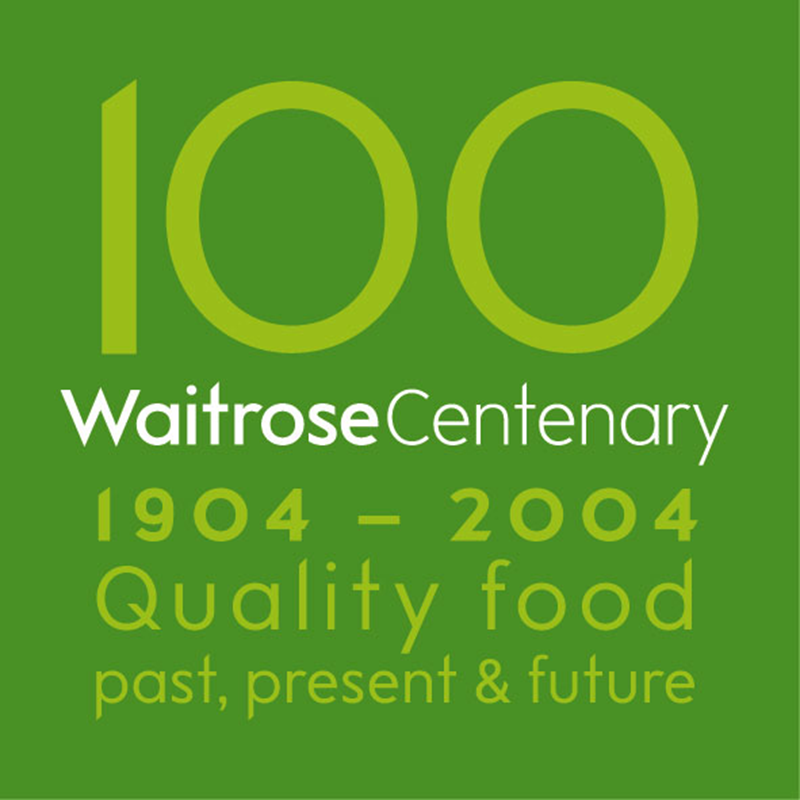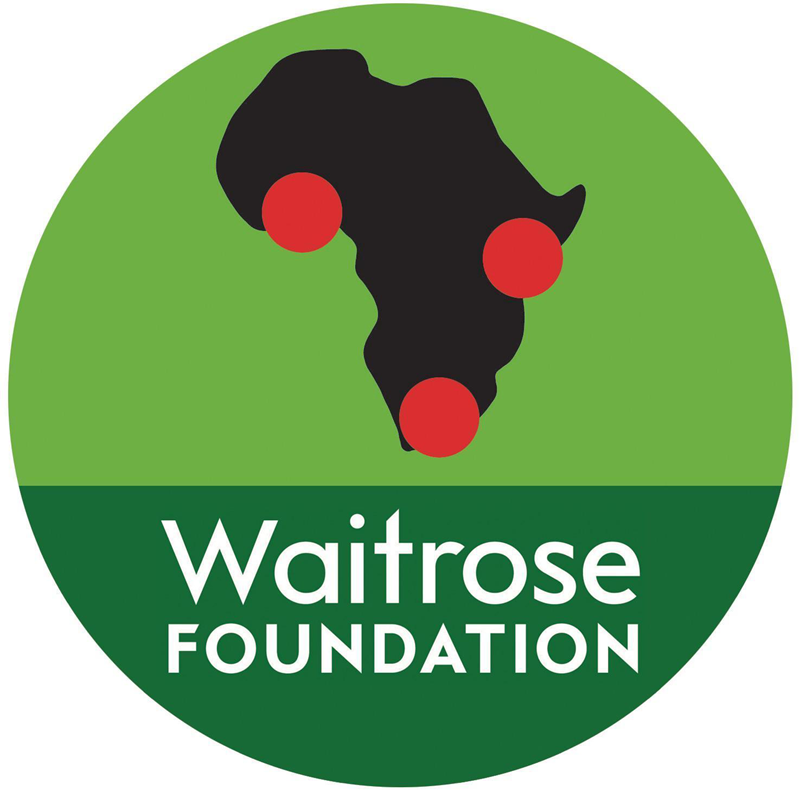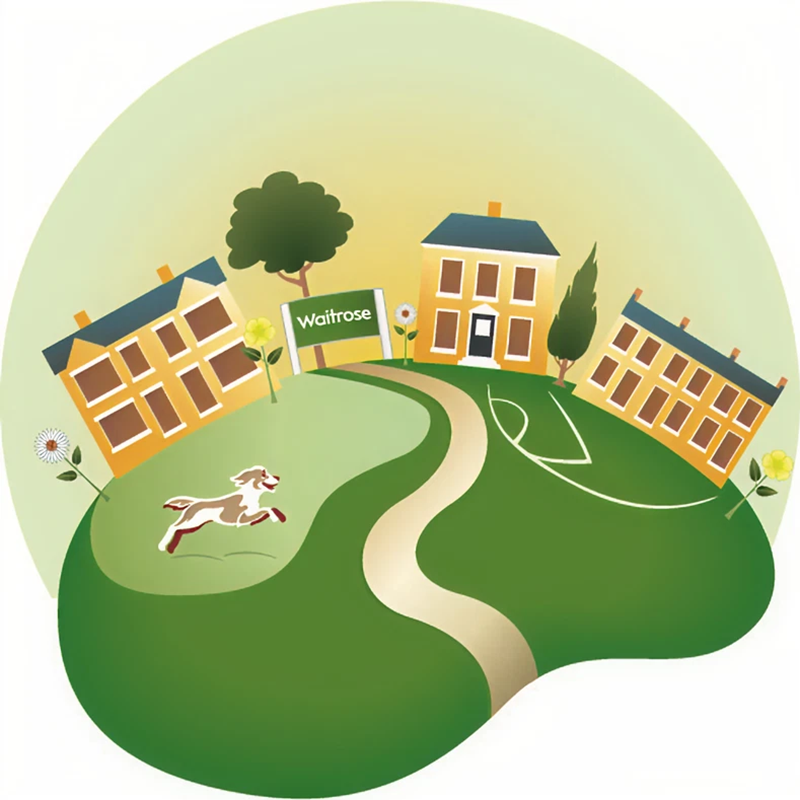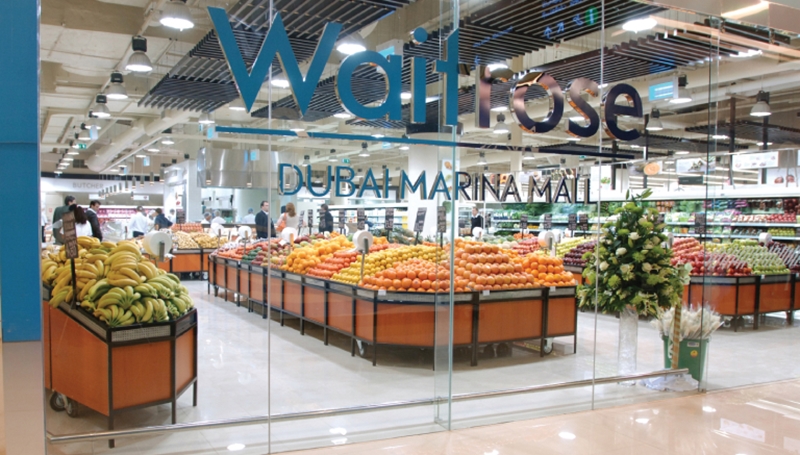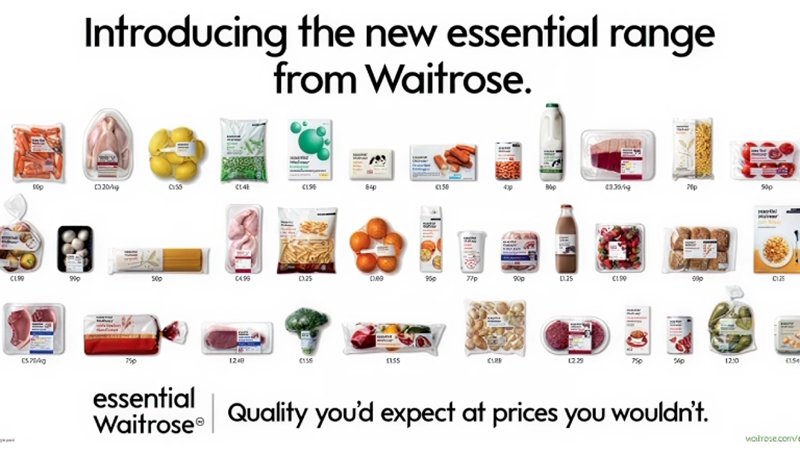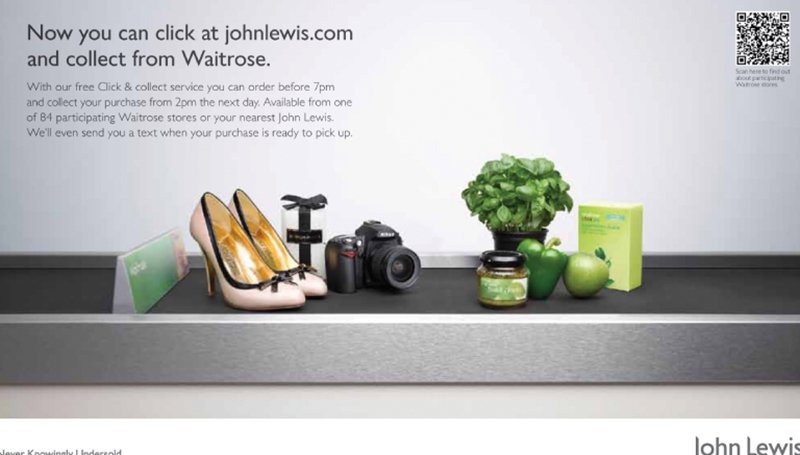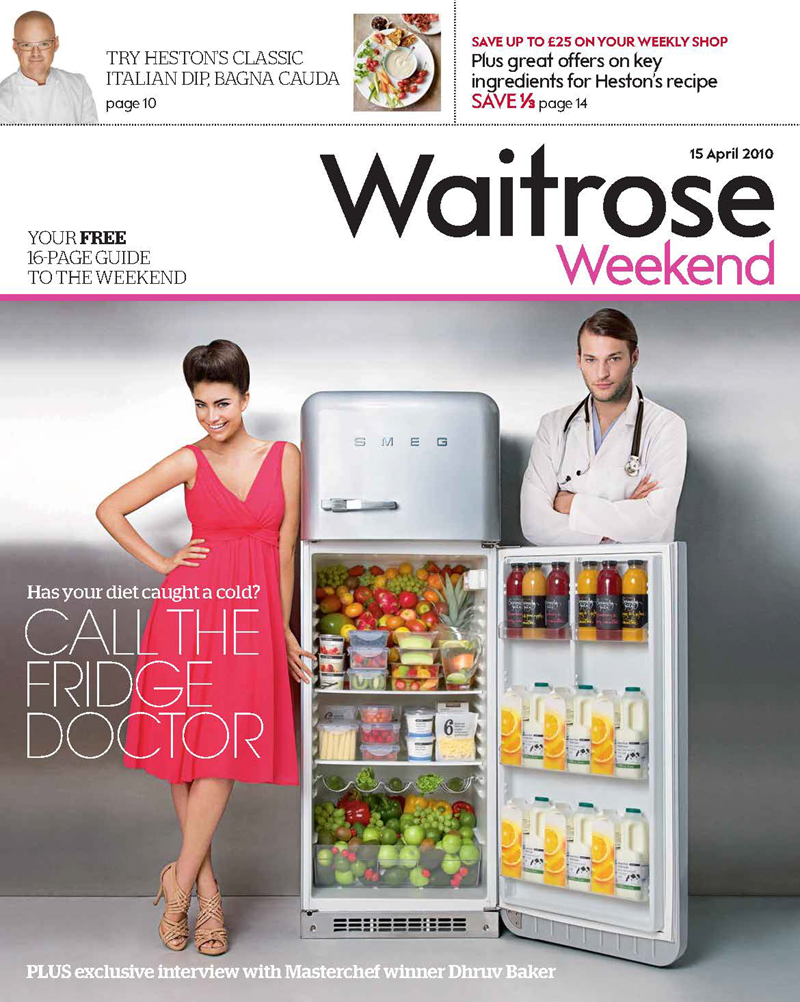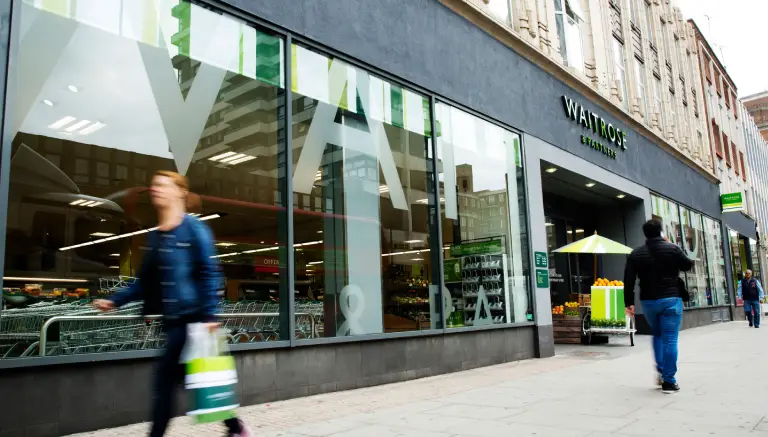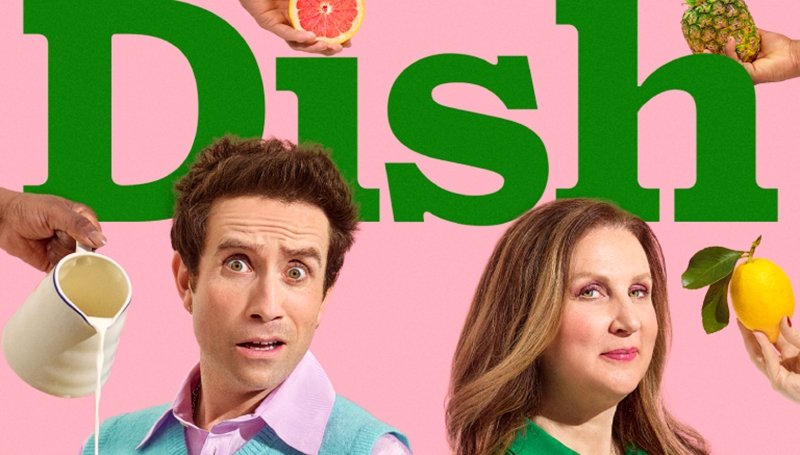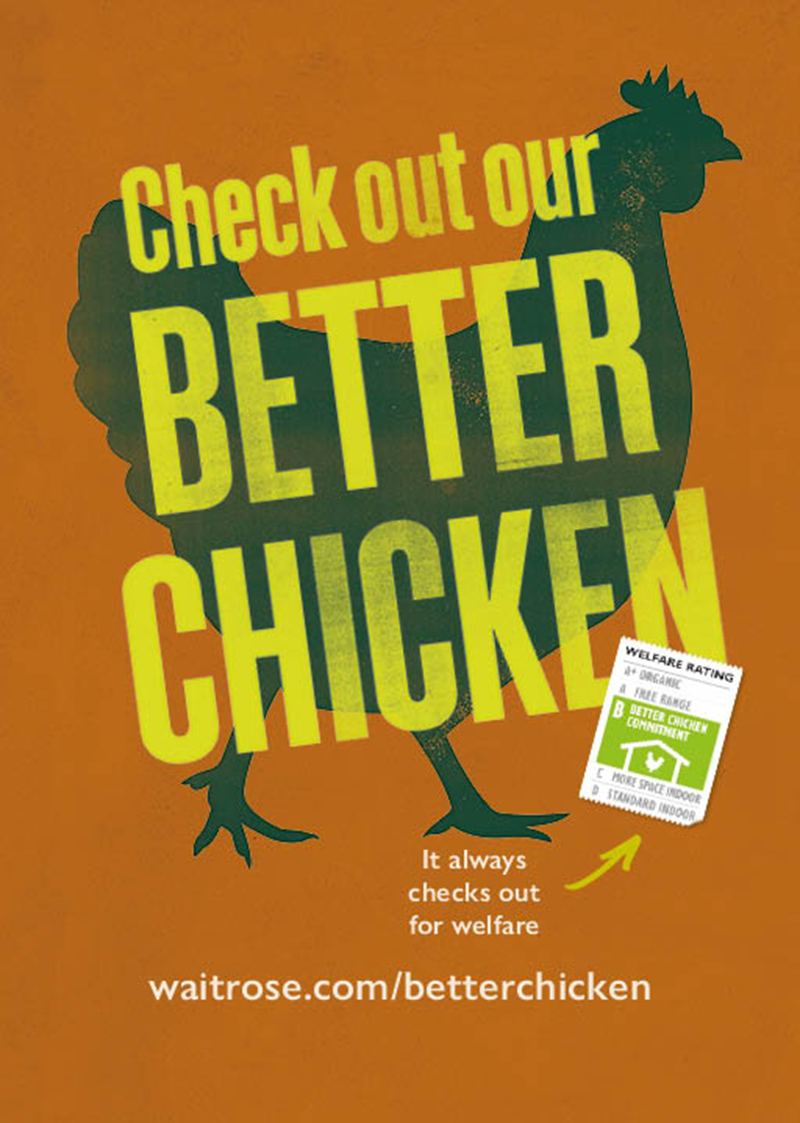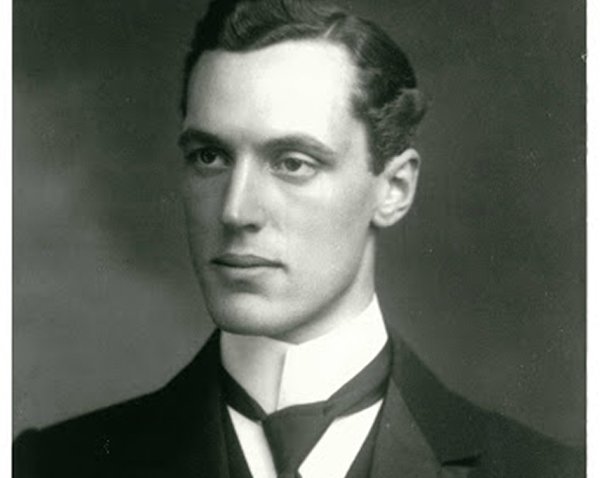
Our history
Over 100 years ago our Founder, John Spedan Lewis, began an experiment into a better way of doing business by including staff in decision making on how the business would be run.
He set out the principles for how the Company should operate and produced a written Constitution to help Partners understand their rights and responsibilities as co-owners.
Spedan Lewis wanted to create a way of doing business that was both commercial, allowing it to move quickly and stay ahead in a highly-competitive industry, and democratic, giving every Partner a voice in the business they co-own. This combination, so ahead of its time, continues to make us who we are today.
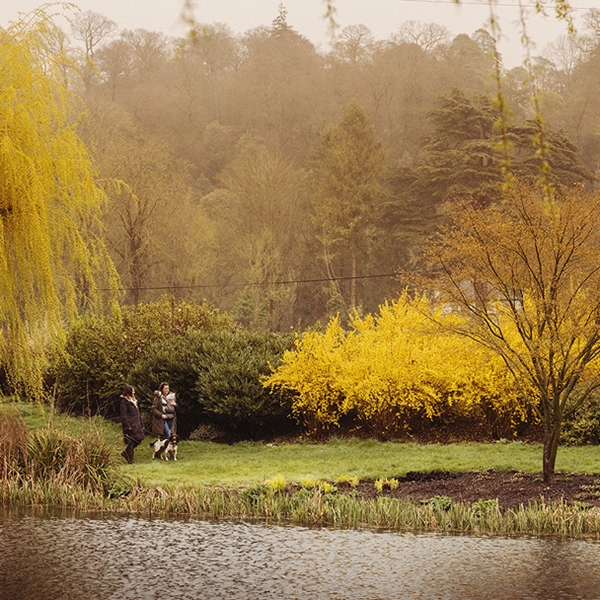
A partnership with purpose
Since its beginning the John Lewis Partnership has set out to be a force for good. While that principle is alive and well within our business today, if we’re going to help address some of the biggest challenges of our time, we need to be even bolder.
Many businesses talk about Purpose but we walk with it - aiming to make sufficient profit to create a Partnership that is fairer and more sustainable for all Partners, customers, suppliers and communities we serve.
Our Purpose promise “Working in Partnership for a Happier World” is not just a slogan. It is a deeply rooted and unshakable commitment that acts as our guide, inspires all our principles and influences every decision we make.
Through it, we not only do things differently, but better. Always striving to make the world a better and happier place for everyone and everything our business touches.
John Lewis Timeline
Waitrose Timeline
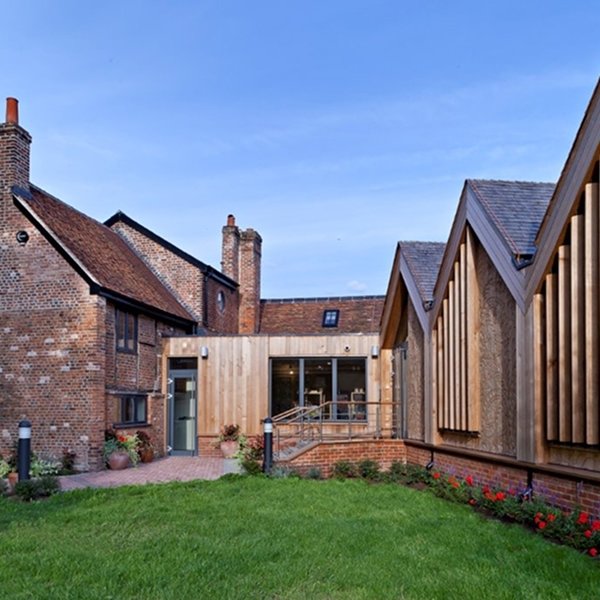
Heritage Centre
We’re so proud of the Partnership’s history that in 2013 we opened our own archive called the Heritage Centre, alongside our online Memory Stores for John Lewis Partnership, John Lewis & Partners and Waitrose & Partners.
Partners and the public can view photos, business documents, objects such as the only surviving piece from the bombing of the John Lewis Oxford Street store during the Second World War, and back issues of the UK’s longest-standing internal magazine – the Gazette – which celebrated its centenary in 2018. A vast 30,000 piece textile collection dating back to 1799 is also on display.
The collection is regularly used today for inspiration and as a design resource for our in-house creative teams and we constantly collect records of future historic importance for our archive. If you have any records or treasures that relate to the John Lewis Partnership then please get in touch as we welcome donations.
The Heritage Centre is open to Partners and the public between 10am and 4pm on the first and third Saturdays of each month. Visitors can park in The Grove car park, Odney Lane. The centre is located at the end of Odney Lane, over the bridge in Grove Farm field (follow the path along Odney Common, entrance is through the wooden gate).
As we are a commercial resource for the Partnership we are sometimes able to offer visits or tours which have been pre-booked. If you are interested in visiting the Centre, either as an academic or as the organiser of a group it may be possible to organise a private visit by contacting the Centre directly.
The Heritage Centre will be closed on 3rd January 2026.


